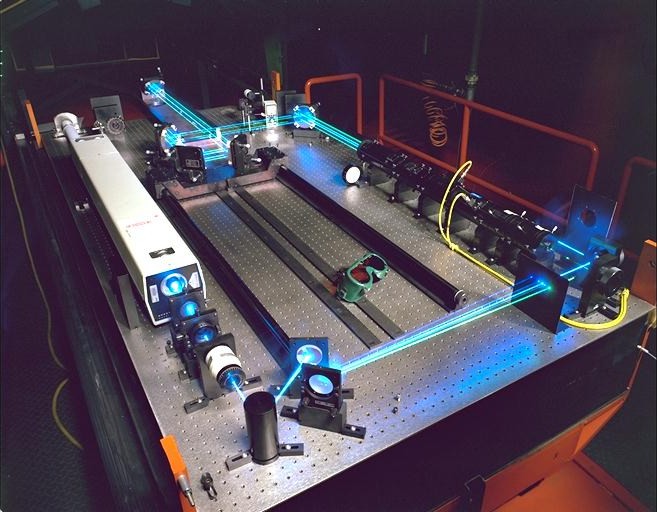Contents
Source: Acal BFi
Narrow-Linewidth Lasers: A Comprehensive Overview
Narrow-linewidth lasers are critical components in a variety of scientific and industrial applications. These lasers are characterized by their ability to emit light with a very narrow spectral width, which enhances their coherence and precision. This article delves into the features, types, and applications of narrow-linewidth lasers, offering insights into their technological advancements and practical uses.
Understanding Narrow-Linewidth Lasers
Narrow-linewidth lasers are designed to emit light with minimal spectral width, typically in the range of a few kilohertz to a few megahertz. This narrow emission is achieved through various technological configurations, including external cavity setups, distributed feedback (DFB) mechanisms, and fiber Bragg gratings. These configurations allow for precise control over the laser’s frequency and phase noise, making them ideal for applications requiring high stability and coherence.

Key Features of Narrow-Linewidth Lasers
- High Spectral Purity: Narrow-linewidth lasers offer exceptional spectral purity, with linewidths often below 100 kHz.
- Low Phase Noise: The low phase noise ensures high coherence, which is essential for applications like interferometry and holography.
- Stability: These lasers exhibit remarkable frequency stability, often enhanced by locking electronics that can reduce linewidths to below 1 Hz.
- Mode-Hop-Free Operation: Many narrow-linewidth lasers are designed to operate without mode hopping, maintaining a consistent frequency output.
Types of Narrow-Linewidth Lasers
There are several types of narrow-linewidth lasers, each utilizing different technologies to achieve their narrow spectral output:
External Cavity Lasers
External cavity lasers utilize an external optical cavity with frequency-selecting elements such as birefringent filters and etalons. This setup allows for extremely narrow free-running linewidths, making them suitable for applications requiring high precision.
Distributed Feedback (DFB) Lasers
DFB lasers incorporate a grating structure within the laser diode, providing feedback that narrows the linewidth. These lasers are widely used in telecommunications due to their stable single-mode operation and low noise characteristics.
Fiber Lasers
Fiber lasers employ fiber Bragg gratings and rare-earth doped fibers to achieve narrow linewidths. Their robust design and compatibility with fiber optic systems make them ideal for sensing applications and telecommunications.
Applications of Narrow-Linewidth Lasers
The unique characteristics of narrow-linewidth lasers make them indispensable in various fields:
Scientific Research
In scientific research, these lasers are utilized in high-resolution spectroscopy, atomic cooling, and quantum optics experiments. Their precision and stability allow researchers to explore fundamental physical phenomena with unparalleled accuracy.
Telecommunications
In the telecommunications industry, narrow-linewidth lasers are critical for dense wavelength division multiplexing (DWDM) systems. Their ability to maintain stable frequencies over long distances ensures efficient data transmission.
Industrial Applications
Industrially, narrow-linewidth lasers are employed in LIDAR systems for precise distance measurements and in material processing applications where high precision is required.
Medical Technology
In the medical field, these lasers are used in imaging and diagnostic equipment, where their high coherence and low noise characteristics enhance the quality of imaging and analysis.
Conclusion
Narrow-linewidth lasers represent a pinnacle of laser technology, offering unparalleled precision and stability. As advancements continue, their applications are set to expand further, driving innovation across multiple industries. Understanding their features and capabilities is essential for harnessing their full potential in both existing and emerging applications.

Source: Ferdinand-Braun-Institut
Feel free to comment your thoughts.


